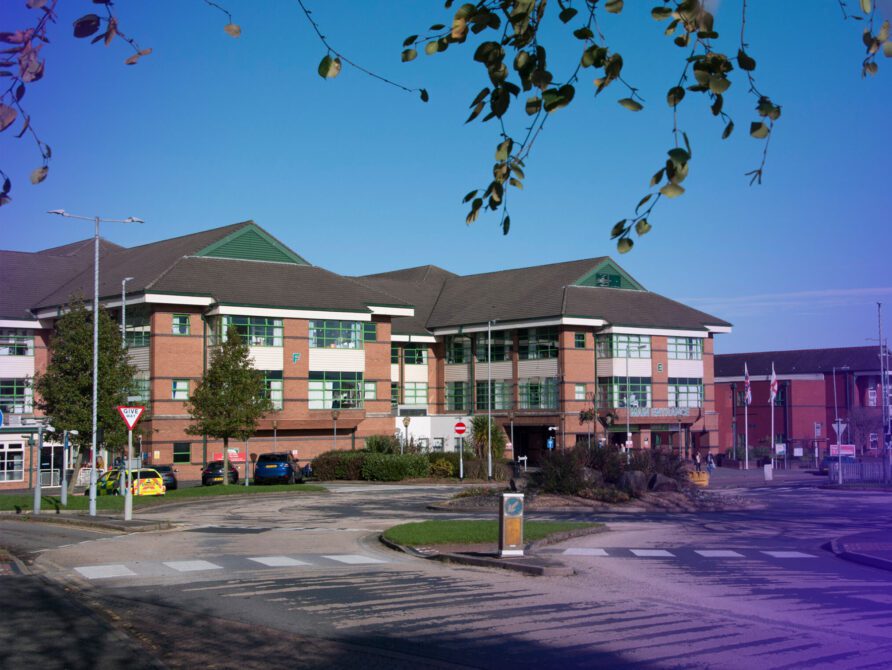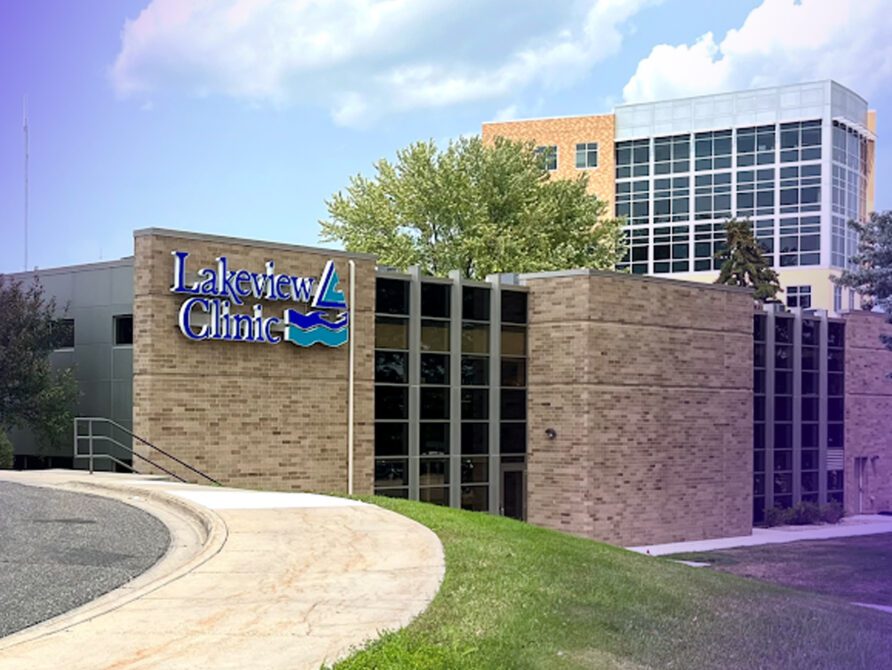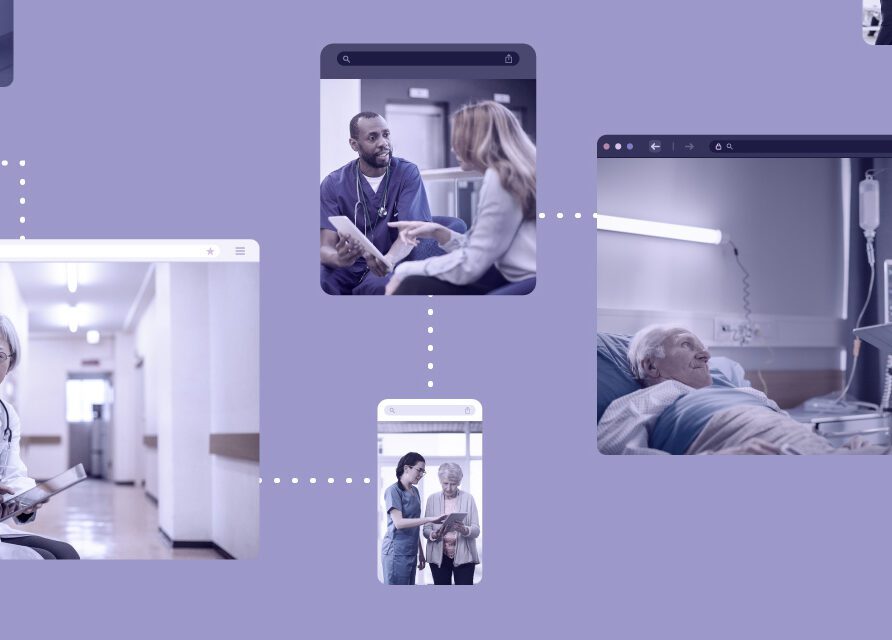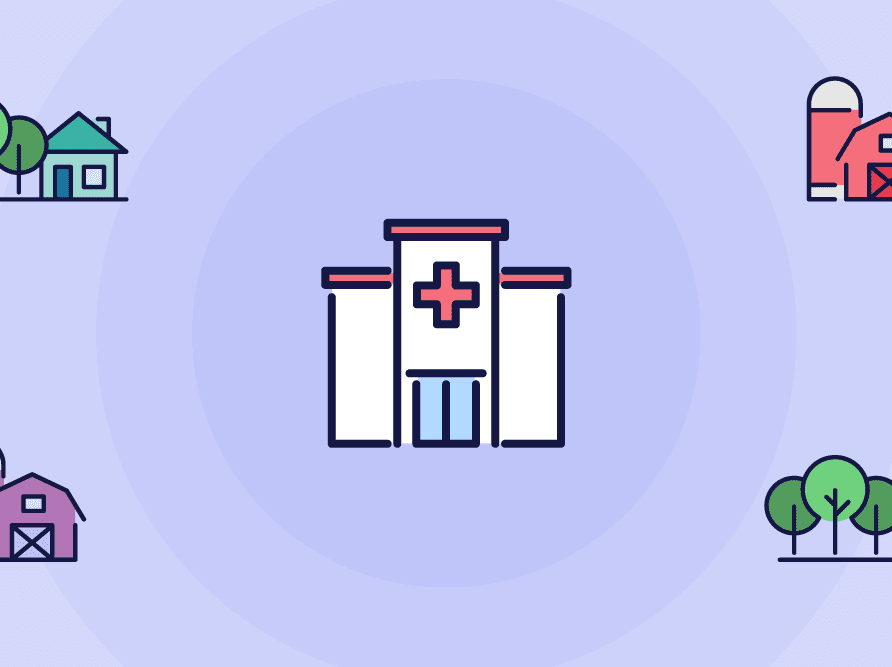Article
How Technology Can Help Tackle Canada’s Surgical Backlog Crisis
As the COVID-19 pandemic began, health systems around the world took proactive steps to preserve hospital capacity and resources for the expected surge of pandemic patients. In many cases, this meant hospitals had to cancel elective surgeries. This decision led to what may be one of the largest indirect consequences of COVID-19—a massive backlog in surgeries that persists to this day.
In fact, an estimated 937,000 fewer surgeries were performed between March 2020 and October 2022 compared to pre-pandemic levels. Although these postponements were intended to protect patients and hospital staff members, they have created new challenges, placing added pressure on Canada’s healthcare system.
The Fraser Institute reports that wait times in Canada have reached record highs. Patients face a median wait time of more than 27 weeks from referral by a general practitioner to the receipt of necessary treatment. Non-life-threatening operations like knee replacement surgeries continue to endure the longest wait times, severely impacting patients’ quality of life and, in extreme cases, their ability to work. The longest recommended wait time for knee replacement surgery is six months, as joint damage progresses, coinciding with a higher risk of complications. In 2022, the Canadian Institute for Health Information found that only half of Canadian patients received knee replacement surgery within the recommended timeframe.
 Innovative digital solutions and efficient resource management
Innovative digital solutions and efficient resource management
Digital solutions can help alleviate the surgical backlog burden. By increasing operating room efficiency, hospitals can reduce the amount of time between surgeries, enabling a higher number of procedures each day. This is achieved by streamlining pre-operative processes and standardizing protocols, which fosters better communication between teams. With a continuous, single-patient record clinicians have access to necessary and up-to-date patient information all in one place. Shared amongst teams, a single patient record facilitates better communication and coordination, enabling seamless information-sharing and real-time updates for all stakeholders.
Revised scheduling and resource management are equally important for limiting backlog. Optimizing the allocation of staff, equipment and resources helps to maximize surgical capacity. Robust scheduling systems use recent performance data to predict expected surgery durations and automate scheduling to maximize surgical throughput. For example, the system can recognize that one surgeon may take two hours to complete a procedure, but another surgeon takes three hours performing the same operation. Systems are smart enough to know the difference between these two surgeons when scheduling future procedures (and if either were to speed up or slow down their performances), so the OR schedule is constantly reacting and adjusting to the most current OR times.
Other tools, such as preference card analyzers, accurately estimate item quantities and remove unnecessary equipment to streamline each surgery’s preparation process. In some cases, an item can be listed on a preference card for years, but after analyzing, surgical teams find that the item is not actually being used (at least, not as often as previously thought). This minimizes the amount of time spent searching for supplies during procedures, leading to smoother and more efficient operations.
Another useful tool for resource management is the use of a scanner to keep track of supplies, both as they’re removed from inventory and if subsequently returned to inventory after being unused during a procedure. Using a scanner speeds up the inventory process, which frees up staff for other tasks. It also ensures better accuracy for your inventory, which can have a large impact on an organization’s spending.
The integration of technology can play a significant role in chipping away at the waitlist, as solutions streamline information sharing, automate administrative tasks and enhance patient management. Altera’s Sunrise™ Surgical Care solution, for example, empowers perioperative teams to make faster decisions while improving surgical processes. This is a difference-maker for taking control of the surgical backlog.
The clock is ticking
The time is now to tackle the surgical backlog crisis, as experts anticipate increased stress on the healthcare system due to Canada’s aging population. The latest census data shows that one in five Canadians are getting close to retirement age, entering the life stage associated with more necessary, and more frequent, care. As a result, we should expect the demand for surgeries will continue to increase in the coming years.
By using smarter solutions, organizations in Canada can begin tackling the surgical backlog that continues to persist after COVID-19. Sunrise Surgical Care increases efficiency through operating room and equipment management, by leveraging Sunrise™ Access Manager enterprise scheduling capabilities. It also offers perioperative team members a full view of medical and visit histories within their workflows via its single, continuous patient record to understand the whole patient and optimize quality of care. Aware Notes enable complete documentation with a drag-and-drop data entry system to improve patient safety, decreasing documentation time by up to 50%. Each feature has been carefully crafted to help perioperative suites perform smarter, faster, and more efficiently.
If you would like to learn more about our Sunrise Surgery Solution, go here.













